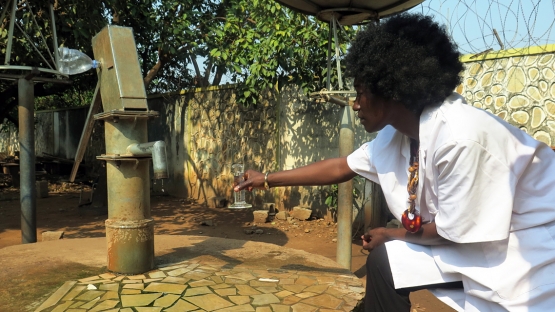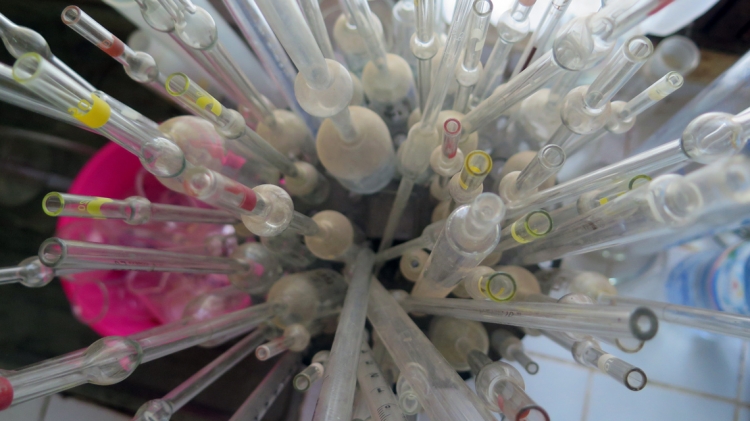Bangui, Central African Republic — In the deserts of the Sahel, one of the poorest regions of the world, rich bodies of water underground provide a source of life. Using nuclear-derived techniques, scientists from 13 African countries have carried out the first ever regionwide assessment of groundwater in this area of 5 million square kilometres, with the help of the IAEA. They have so far gathered valuable clues — including contamination levels and flow patterns that connect the different aquifers and basins.
“This information is like gold,” said Eric Foto, head of the isotope hydrology laboratory at the University of Bangui in the Central African Republic. “With it we can tell the Government where we have shallow, renewable water to drill wells, where pollution comes from, or how long quality water will last.”
To policy-makers who struggle to ensure that safe potable water is available in a region that depends on these aquifers, such findings are critical.
See scientists at work in the field in this photo essay.
The Sahel stretches from western Africa to central and northern Africa and is home to 135 million people. One of the biggest challenges is access to clean water, which is essential not only for drinking, but also for food production and sanitation.
“People need water to live — and to manage water, you need to understand it,” said Beatrice Ketchemen Tandia, Head of the Cooperation Division at the Department of National Sciences of the University of Douala in Cameroon, who has participated in IAEA research projects as a hydrogeologist since the early 1990s.
Through its technical cooperation programme, the IAEA has provided equipment and trained local scientists from 13 countries — Algeria, Benin, Burkina Faso, Cameroon, Central African Republic, Chad, Ghana, Mali, Mauritania, Niger, Nigeria, Senegal and Togo — to study five main aquifer systems that cross their borders: the Iullemeden aquifer system, the Liptako-Gourma-Upper Volta system, and the Senegalo-Mauritanian, Chad and Taoudeni basins.
People need water to live — and to manage water, you need to understand it.







